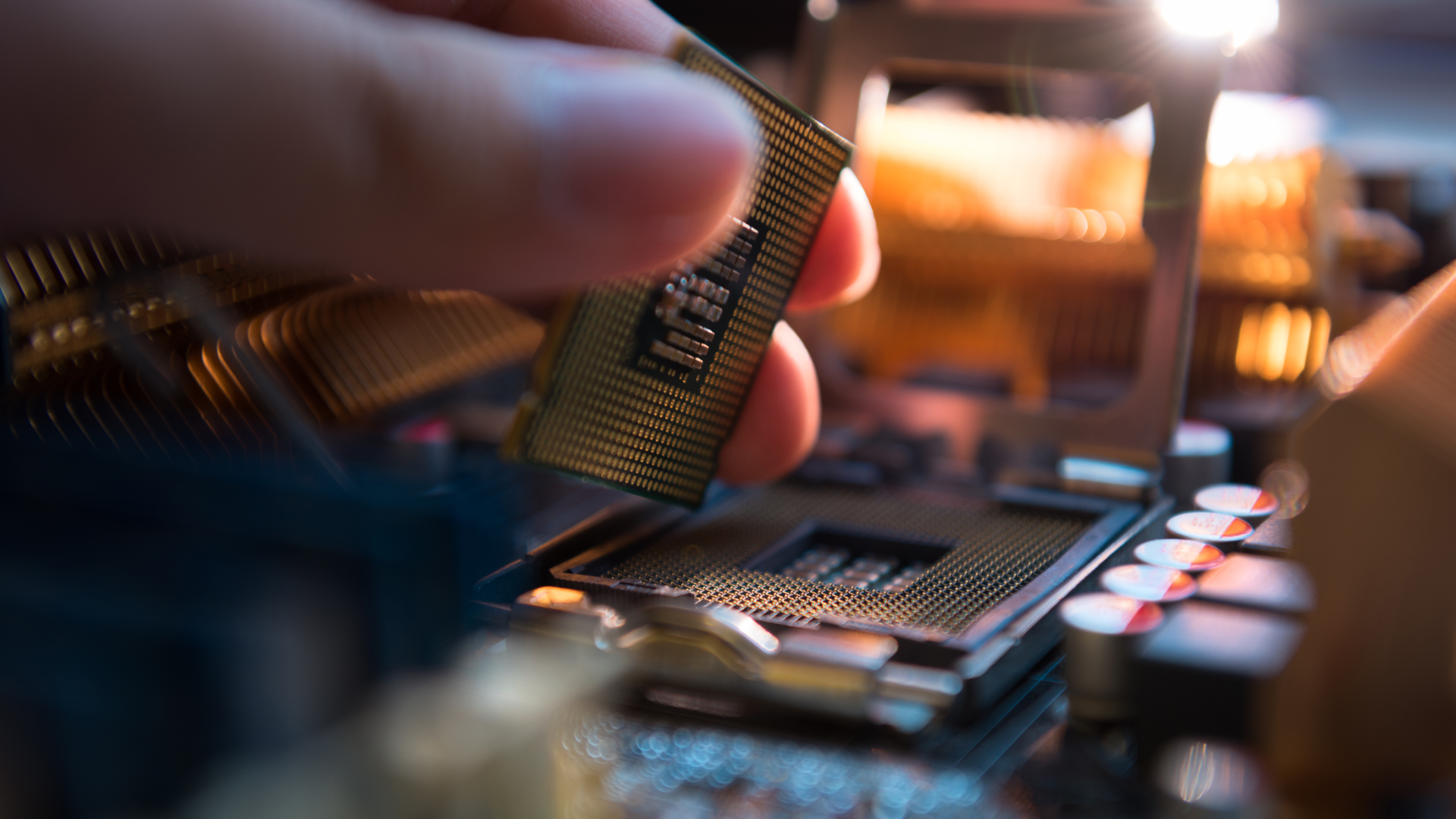How to check if your CPU is running cool enough
Is your processor hot enough to fry an egg on? What if you don't have a clue what temperature it's running at? We'll show you how to find out


Heat is the enemy of your PC. If your components are running hot, they're getting overly stressed, and that can shorten their lifespan. Nowhere is that truer than with the processor – this is the heart of your computer, and if it's beating too fast, then premature failure of your PC's engine could be on the cards. Not to mention the prospect of random crashes and lock-ups along the way.
So it's certainly worth keeping an eye on how hot your CPU is running – but how do you do that? Well, we're glad you asked, because that's exactly the information we'll be imparting in this article.
To measure the temperature of your CPU, you need to download a piece of software that pulls temps (and many other details) from your motherboard and hardware. There are a number of tools that do this, but the one we use and recommend is HWMonitor. Download the latest version from here (it has support for Haswell-E processors amongst other newer models).
When you've downloaded the program (it's a mere 1MB in size), double click the setup file and follow the simple installation instructions. Run the program, and you'll be presented with a small HWMonitor window full of various readouts (see the image at the top of this article).
Okay, so how hot is your CPU running? There are lots of different readings such as voltages and fan speeds on the screen, but don't worry about any of that. The section you want to look at is the Temperatures one, second from the top, next to the thermometer icon underneath Voltages which is the topmost entry. Under Temperatures, look at CPU, and there are three readings in degrees Celsius. The first shows how hot your processor is currently running at, and the next two are the minimum and maximum temperatures which the CPU has hit since you started running HWMonitor.
Generally speaking, when your computer is idling – i.e. doing nothing at the desktop, or perhaps with a browser window or two open – your CPU temperature should be in the 30s. It might sneak into the low 40s, but that isn't too much of a cause for concern (temps vary a bit between different models of CPU, anyway). What you really have to watch, though, is when running massively intensive apps or 3D games which push the CPU – you don't want to be running hotter than 70 degrees for any sort of prolonged period.
If your processor does appear to be running hot, open it up and have a look inside. Are your motherboard, fans and components dusty? If so, dust build up can cause heat issues, so give the insides of your machine a clean.
Get the ITPro daily newsletter
Sign up today and you will receive a free copy of our Future Focus 2025 report - the leading guidance on AI, cybersecurity and other IT challenges as per 700+ senior executives
Otherwise, if your PC has been overclocked, you might want to cancel that and return the CPU to running at its normal speed (if you're not sure how, and your machine was supplied by the vendor overclocked, contact them for support).
The only other option is to improve the cooling on your CPU by upgrading the heatsink and fan – the so-called stock cooler provided with a processor is generally a somewhat rudimentary solution. Also, you could add extra case fans to help improve the overall cooling of your machine. When it comes to the processor, though, obviously upgrading your CPU fan is going to have the most impact.
Darren has over 25 years of experience in digital and magazine publishing as a writer and editor. He's also an author, having co-written a novel published by Little, Brown (Hachette UK). He currently writes news, features and buying guides for TechRadar, and occasionally other Future websites such as T3 or Creative Bloq and he's a copy editor for TechRadar Pro. Darrran has written for a large number of tech and gaming websites/magazines in the past, including Web User and ComputerActive. He has also worked at IDG Media, having been the Editor of PC Games Solutions and the Deputy Editor of PC Home.